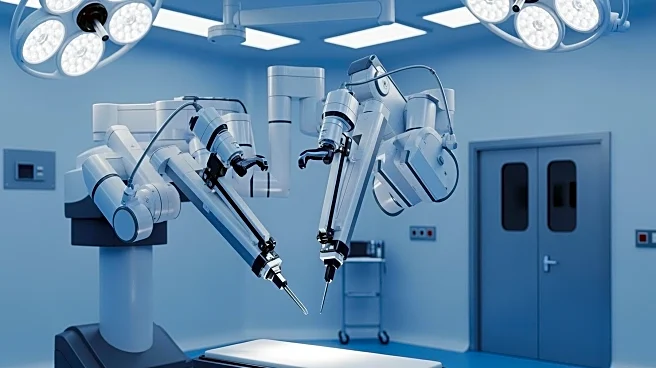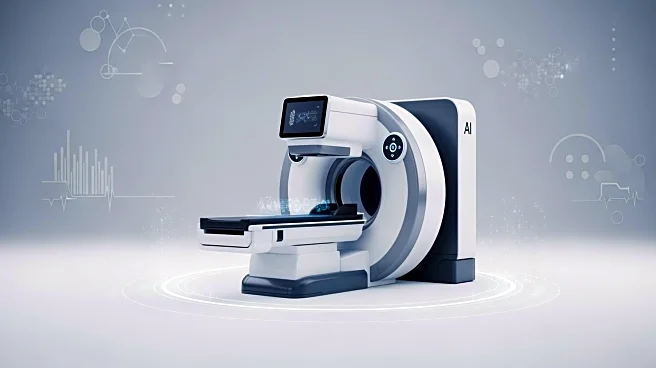What's Happening?
A study has evaluated the use of machine learning (ML) models and rule-based classification algorithms for the surveillance of surgical site infections (SSIs). The findings indicate that while both approaches
reduce manual workload, ML models offer superior accuracy in terms of AUROC and workload reduction. However, rule-based models demonstrated higher sensitivity, making them more reliable for ensuring no missed infections. The study highlights the trade-off between accuracy and operational efficiency, suggesting a balanced approach that integrates both methodologies for optimal surveillance.
Why It's Important?
The integration of machine learning in healthcare surveillance systems represents a significant advancement in infection control. By automating the detection of SSIs, healthcare facilities can allocate more resources to preventive measures, potentially reducing infection rates and improving patient outcomes. The study's findings could lead to more efficient use of healthcare resources, reducing the burden on infection prevention and control professionals. This approach aligns with broader efforts to digitize healthcare processes, enhancing the overall quality of care.
What's Next?
Future research will focus on external validation of these models and exploring hybrid approaches that combine ML and rule-based algorithms. As digitalization in healthcare continues to expand, the implementation of automated surveillance systems could become more widespread. Researchers may also investigate the use of advanced models, such as transformers, to capture temporal patterns in electronic health records, further improving the accuracy of infection detection.
Beyond the Headlines
The study underscores the potential of artificial intelligence to transform healthcare surveillance, offering insights into the ethical and practical considerations of implementing automated systems. The balance between sensitivity and efficiency highlights the need for careful consideration of algorithmic decision-making in clinical settings. As healthcare systems increasingly rely on digital solutions, the importance of maintaining patient confidentiality and data security will be paramount.











